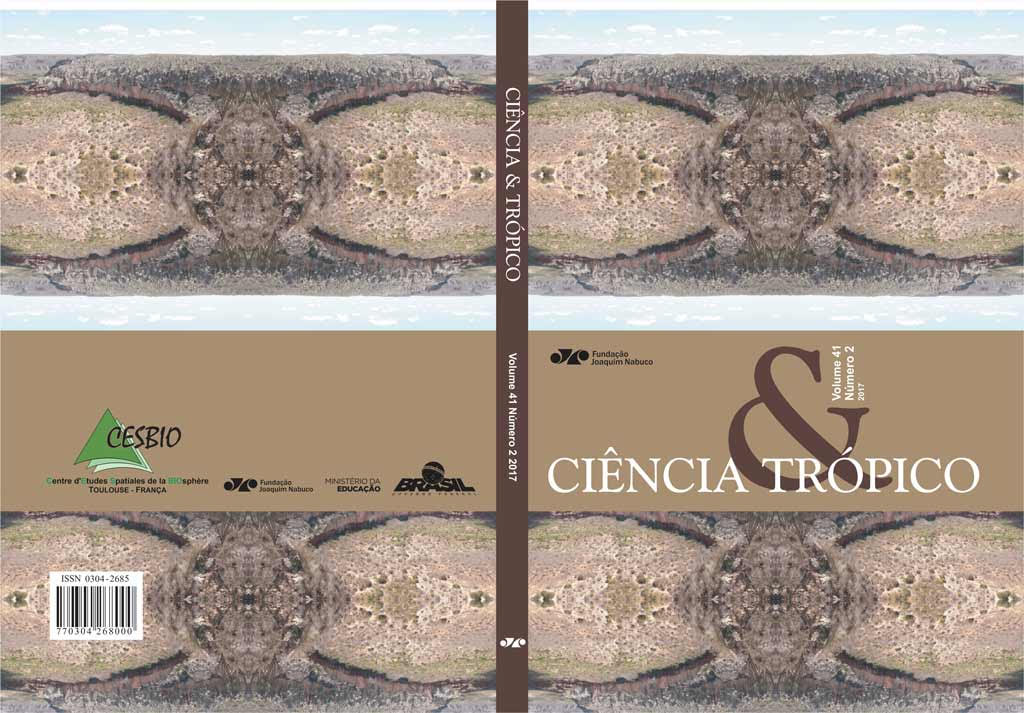Correlation between soil erodibility and satellite data on areas of current desertification: a case study in Senegal
Resumen
The purpose of the study is to verify whether some correlation exists between soil erodibility (i.e. K factor mentioned in RUSLE model) and data obtained from satellite images. This piece of work represents a first attempt towards a model that would predict the risk for soil erosion, from information contained in satellite images. Ouarchoch is a rural community in Ferlo Region, Senegal. It lies in a Sahelian typical arid zone and is affected by desertification processes. Ouarchoch site was the pilot area on which the test was performed. K factor was calculated by using soil textural data (sand, silt and clay) in the top (0 – 5 cm) soil layer (data obtained from the web). Landsat7 satellite images represented different seasonal snapshots (“cool” dry season, warm dry season, rainy season, end of rainy season or beginning of dry season) of the same year, 2014. Calculation used Bands 1 to 7 and Normalized Difference Vegetation Index (NDVI). The choice of data, calculation and analysis are detailed. Some positive moderate correlation exists between soil erodibility on the one hand, and NDVI index displayed during the dry season (images in January and May), as well as Band 5 radiations displayed at the beginning of the dry season (post-harvest, image in October) on the other hand.Descargas
Los datos de descargas todavía no están disponibles.
Descargas
Publicado
2017-10-31
Cómo citar
Junior, W. de C., Loireau, M., Fargette, M., Filho, B. C., & Wélé, A. (2017). Correlation between soil erodibility and satellite data on areas of current desertification: a case study in Senegal. Ciência & Trópico, 41(2). Recuperado a partir de https://periodicos.fundaj.gov.br/CIC/article/view/1656
Número
Sección
ARTIGOS


